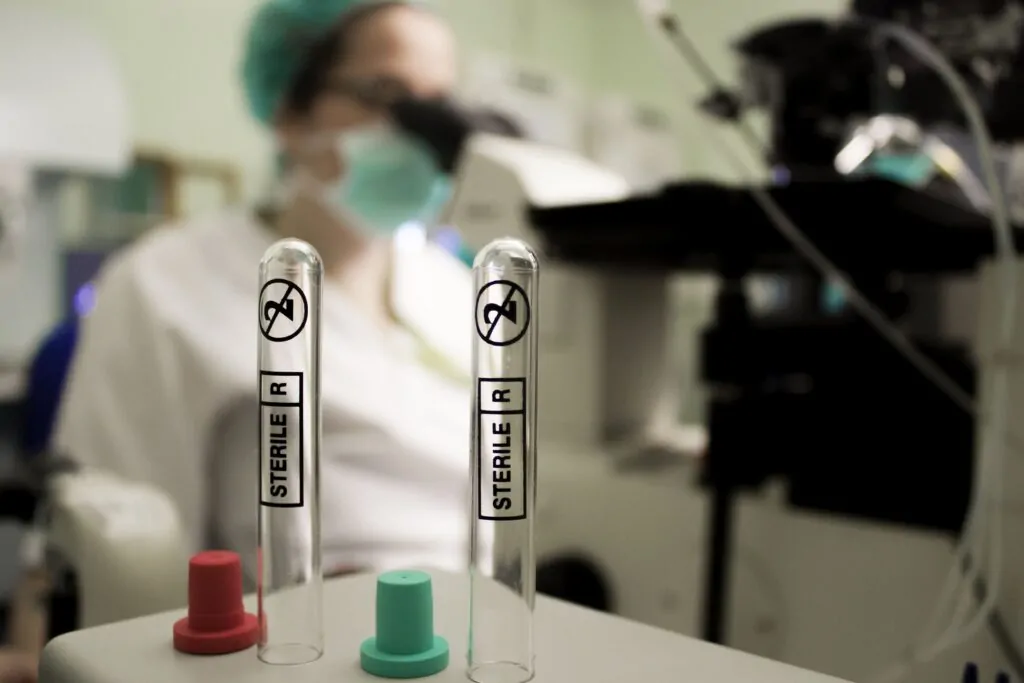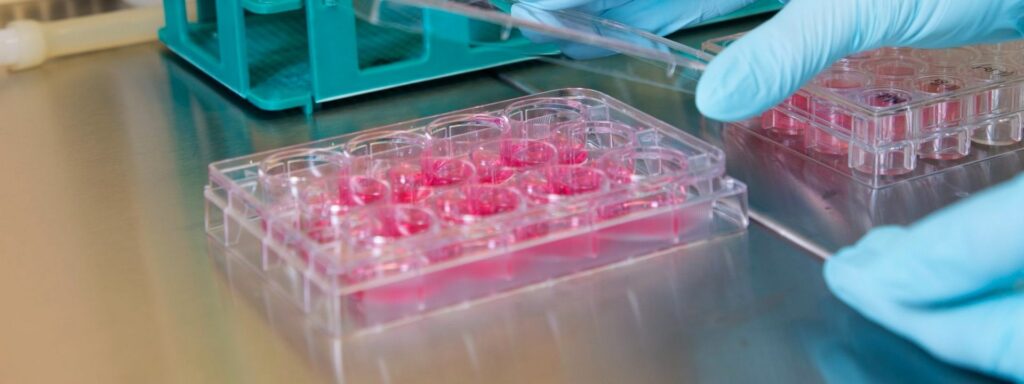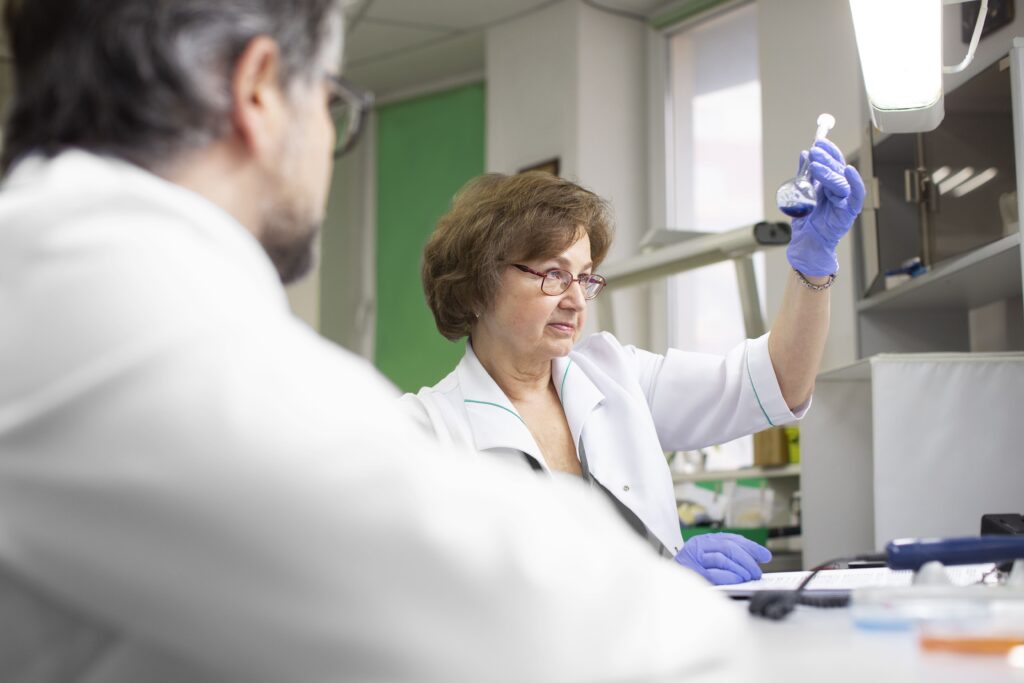PCB Testing for Soil and Surface Contamination
At Teklab, we specialize in testing soil and surface samples for the presence of polychlorinated biphenyls (PCBs). With decades of experience and a reputation for precision, we offer comprehensive and reliable testing solutions tailored to the needs of environmental and industrial clients. Whether you’re dealing with potential soil contamination or need to evaluate surface cleanliness, our expert team is ready to assist. PCBs are highly persistent pollutants that can linger in soil for decades, posing environmental and health risks.
Teklab provides detailed soil analysis to detect and quantify PCB contamination using EPA-approved methods such as:
- EPA SW-846 Method 8082A: This gas chromatography method identifies and quantifies PCBs in soil with exceptional accuracy.
- EPA Method 608.3: Primarily used for aqueous matrices but adaptable for related environmental samples.
Soil samples are analyzed for total PCBs or individual Aroclors, helping clients determine contamination levels and assess potential remediation requirements. Common scenarios for soil PCB testing include:
- Sites near older buildings with PCB-containing materials, such as caulk or light fixtures.
- Areas impacted by industrial activities, spills, or improper disposal of PCB-containing oils and equipment.
Surface PCB Contamination Analysis Using Wipe Samples
For surfaces suspected of PCB contamination, Teklab employs a wipe testing method to determine the presence of these hazardous chemicals. How Wipe Testing Works: A gauze pad or glass wool saturated in hexane is used to wipe over a measured surface area. The wipe is then analyzed for PCBs, providing accurate contamination data.
Applications include:
- Evaluating surfaces inside industrial facilities or schools where PCB-containing caulk or light ballasts were used.
- Ensuring surfaces meet regulatory standards for cleanliness before reuse or disposal.
PCBs are synthetic organic compounds composed of two connected benzene rings with varying degrees of chlorine substitution, resulting in 209 distinct congeners. Their chemical stability, resistance to degradation, and toxicity have made them persistent environmental pollutants. Sources of PCB Contamination:
- Building Materials: Caulk, adhesives, and paints from the 1950s-1970s may contain PCBs.
- Electrical Equipment: Transformers, capacitors, and fluorescent light ballasts often contained PCB oils.
- Industrial Activities: Improper disposal of PCB-containing materials can lead to environmental contamination.
- Risks of PCB Exposure: Prolonged exposure to PCBs through soil, air, or surfaces can affect human health, with potential impacts on the immune, reproductive, and endocrine systems. PCBs are classified as probable human carcinogens by the EPA.
Case Study: Schools and PCB-Containing Materials
The EPA has identified schools constructed between the 1950s and 1970s as potential hotspots for PCB contamination due to materials such as caulk and light ballast capacitors. A 2012 EPA-funded study highlighted:
- PCB contamination in soils adjacent to buildings with PCB-containing caulk.
- The risk of PCBs entering the environment due to leaking ballast capacitors or deteriorating building materials.
Teklab’s soil and surface testing services are instrumental in assessing contamination levels in these sensitive environments, ensuring the safety of students, faculty, and surrounding communities.
When you need precise, reliable testing for PCBs in soil or on surfaces, Teklab provides the expertise and technology required for accurate results. Our services include comprehensive analysis using advanced instrumentation for conclusive results. Rapid turnaround times, flexible options, including same-day or next-day services, to meet urgent project demands. Regulatory compliance with NELAP-accredited methods that meet EPA standards. For a quote or to discuss your project with one of our experienced project managers, call us at (618) 344-1004. You can also reach us via the contact form on our website for 24/7 assistance.
Trust Teklab for fast, reliable, and defensible PCB testing services that help you manage contamination risks confidently. Visit our PCB Testing page for more details.



